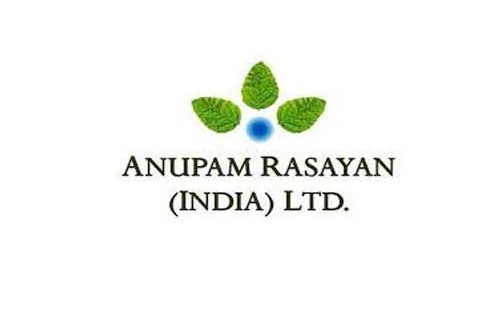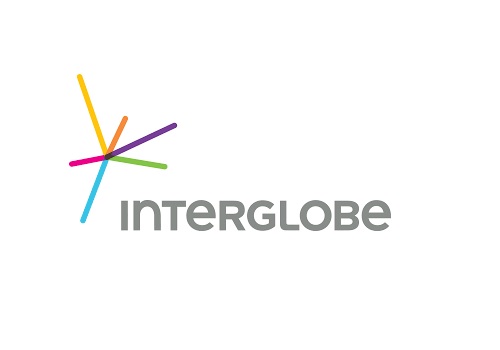Healthcare Sector Update : CGHS rate revision - A sweeping positive move by Emkay Global Financial Services

CGHS rate revision - A sweeping positive move
The Central government has revised CGHS rates for more than 2,000 medical procedures (applicable from 13-Oct-25). This move addresses the longstanding demand of private healthcare operators to improve pricing of scheme patients (owing to inflationary medical costs). This revision, while clearly positive for private healthcare operators, would disproportionately benefit super-specialty hospitals (corporate hospitals) with immediate bed expansion plans in tier-1 cities, in our view. Additionally, with the introduction of tiered pricing (based on location, accreditation, and multi-specialty), the government has acknowledged the higher operating cost incurred to run these facilities, thereby weakening a few stakeholders’ demand for standardized pricing across private operators. In our coverage, KIMS, Max HC, and Medanta stand to gain from this development, given that their exposure to scheme business (CGHS + other state government schemes) is ~18-22% (Exhibit 2).
Revision to improve ARPOBs and profitability
Listed corporate hospital chains have ~15-20% exposure to scheme business, including state government schemes (Exhibit 2). While improved CGHS rates will lead to immediate ARPOB improvement, state government schemes (which are linked to CGHS rates) would take some time to see a similar revision. Prima facie, the revision appears steep in multiple specialties; however, assuming a weighted average of 15% improvement in scheme ARPOBs (owing to case mix), we expect overall ARPOBs to improve by 2.5-3.5%, which would result in 11-13% increase in EBITDA for our covered companies (Exhibit 1).
Corporate chains with immediate expansion plans to gain
Generally, while ramping up occupancies at new units, scheme patients account for a larger share of the business (versus mature units), as companies target quicker breakeven. This hike should aid faster-than-expected breakeven for hospital chains, especially in tier-1 cities (Exhibit 3). We note that certain procedures, which were earlier not viable for private operators, may now become viable, given the sizable hikes undertaken in categories like nephrology, obstetrics, urology, gastroenterology, etc (Exhibit 4). This should strengthen the healthcare infrastructure, thereby enabling access to quality healthcare for the masses, and in turn propel volume growth in the long term.
Introduction of tiered pricing
With this revamp, the Central government has introduced tiered package rates (which were restricted to NABH accreditation earlier) for the first time (Exhibit 5). Per the new circular, rates will be determined based on the city’s classification (tier-2/-3 rates will be 10%/20% lower than tier-1 rates). We note that the Central government defines tier-1 cities as metros + Pune, Hyderabad, Ahmedabad, and Bengaluru. Tier-2 cities form an indicative list, with Gurugram, Lucknow, Noida, Ranchi, and Patna being the prominent names. Super-specialty hospitals with more than 200 beds will receive 15% premium to NABH-accredited hospitals (base rate), while the non-NABH ones will receive 15% lesser than the base rate.
For More Emkay Global Financial Services Ltd Disclaimer http://www.emkayglobal.com/Uploads/disclaimer.pdf & SEBI Registration number is INH000000354


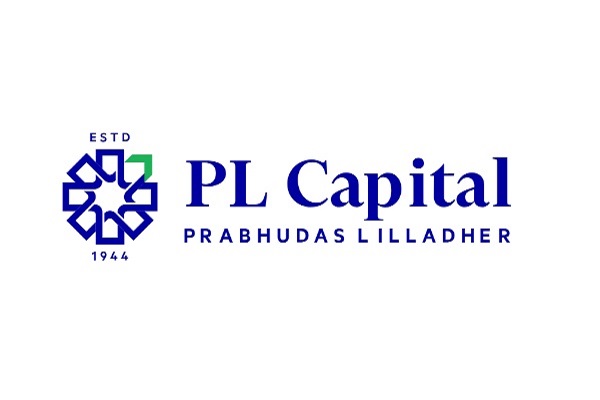




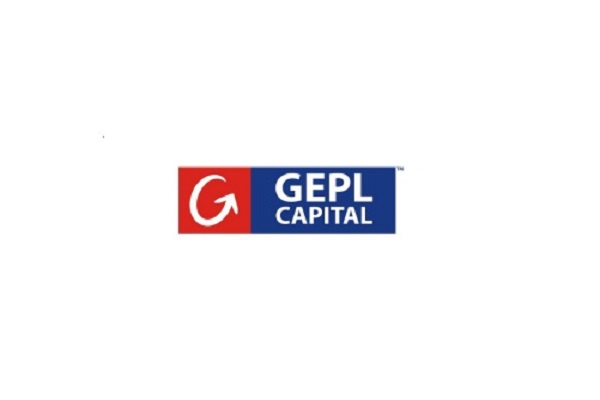
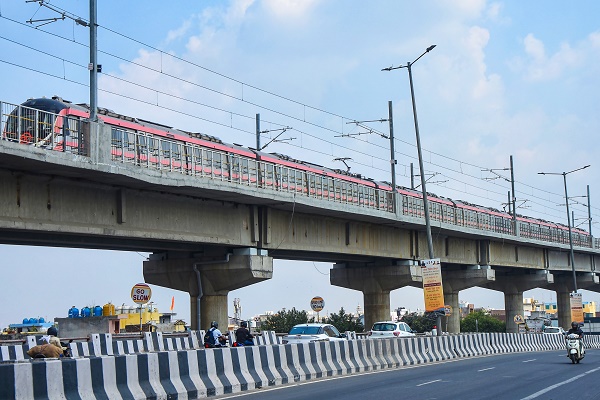
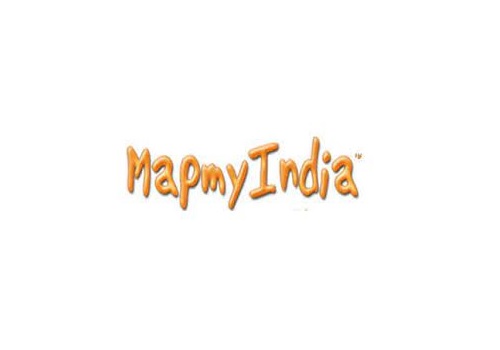
More News
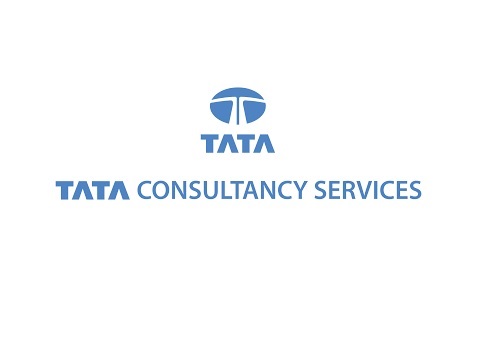
Buy Tata Consultancy Ltd For Target Rs. 3,950 By JM Financial Services











